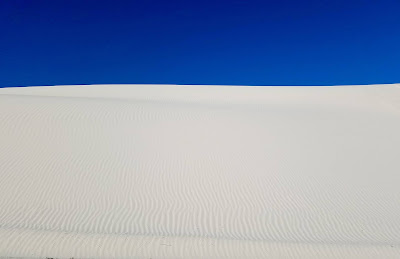Belonging
Deriving its name from the mispronunciation of an Aleut word, Alaska is a strange place, full of unsolved controversies. Its complicated history is visible in the gift shops and open markets where you can find native alaskan objects along with russian orthodox icons and nesting dolls, in the mixture of people and languages, in the way in which malls coexist with wild life and glaciers. The unusual beauty of the place draws many people to Alaska, especially outdoors and nature lovers, there for the summer.
Just stepping out of Anchorage, the largest and most modern city of Alaska, with its collection of hotels and malls chains, you find yourself along the Turnagain Arm surrounded by snowy mountains, where sometimes one can hear the sound of the beluga whales. A little bit further, about sixty miles of Anchorage, lies one of the most important ports of Prince William Sound, and also one of the strangest cities I've been so far, Whittier, Alaska. To name just a few curiosities: the number of boats seem to overpass the number of people, the city is separated from the world by a one-way tunnel shared by cars and the train rail (!!!), almost all the population of the city of only several hundred people lives in one building.
I found what I was looking for in an unexpected way during my last day in Alaska at the Native Heritage Center in Anchorage. One of the main attraction points of the center are the five traditional sites corresponding to the five major native alaskan populations, rebuilt outdoors around an artificial lake. The center also hosts several exhibitions of native art and a ``gathering place'' where native alaskan tell stories about their culture, recreate old games, or perform traditional dances. The day I visited it was Mother's Day, and the center was full of native alaskans, all ages, from kids crawling on the carpet to elderly in wheel chairs, gathered there to volunteer, to perform, to watch the performers, and some just to learn more about their culture. Their respect and love for the native alaskan culture was obvious, as it was their connection with the present. They talked about the life their grandparents and some of their relatives still lived using analogies from current TV shows like the Discovery channel ``Deadliest catch`'. They danced on old songs, with their traditional instruments, still wearing their jeans underneath the traditional cloths. Their energy was so contagious, that as the performers danced, lots of bystanders joined, many teenagers, kids that were just playing, grandparents that could hardly move. I watched them after the show, dressed back in their street clothes, saying their goodbyes, then driving away. Somehow, it all made sense, they belonged with the alaskan landscape in an unmistakable way, they were not there just for the summer.
May 2007




Comments
Post a Comment